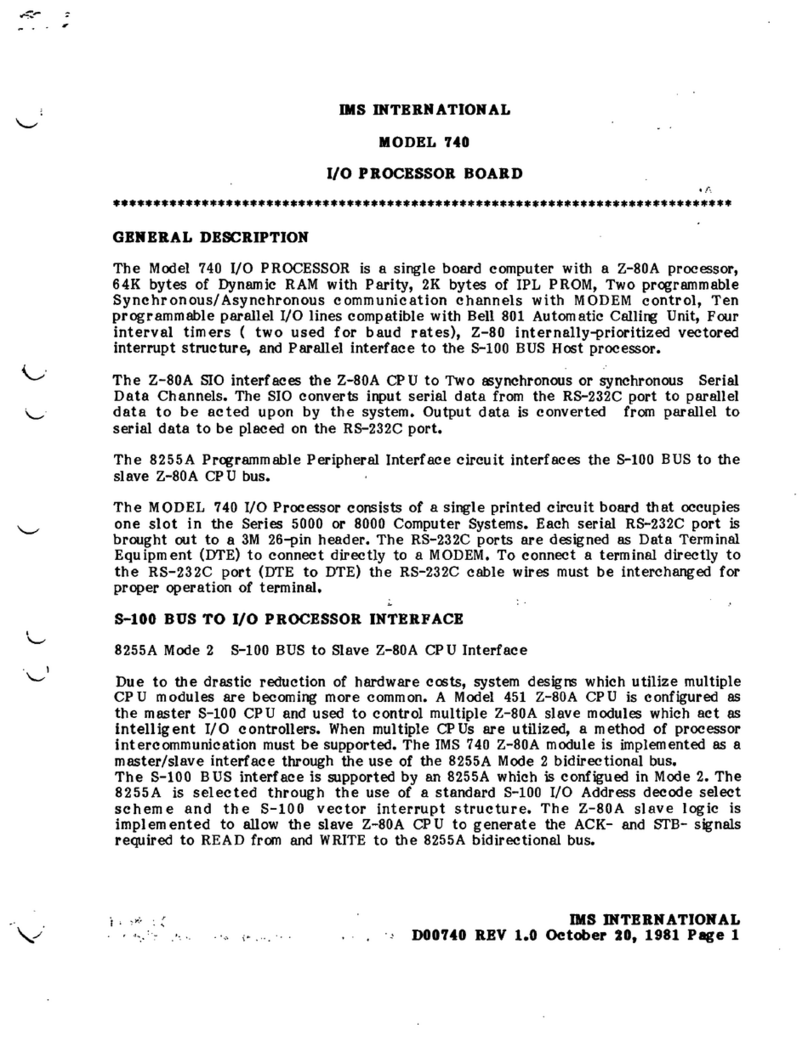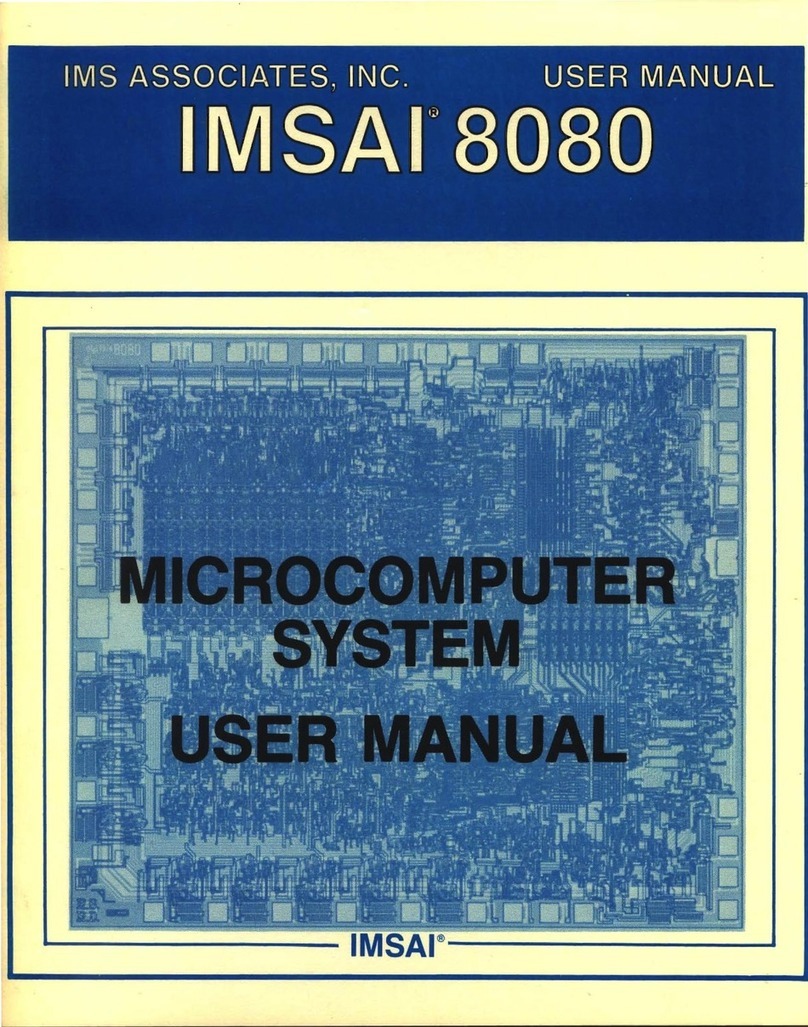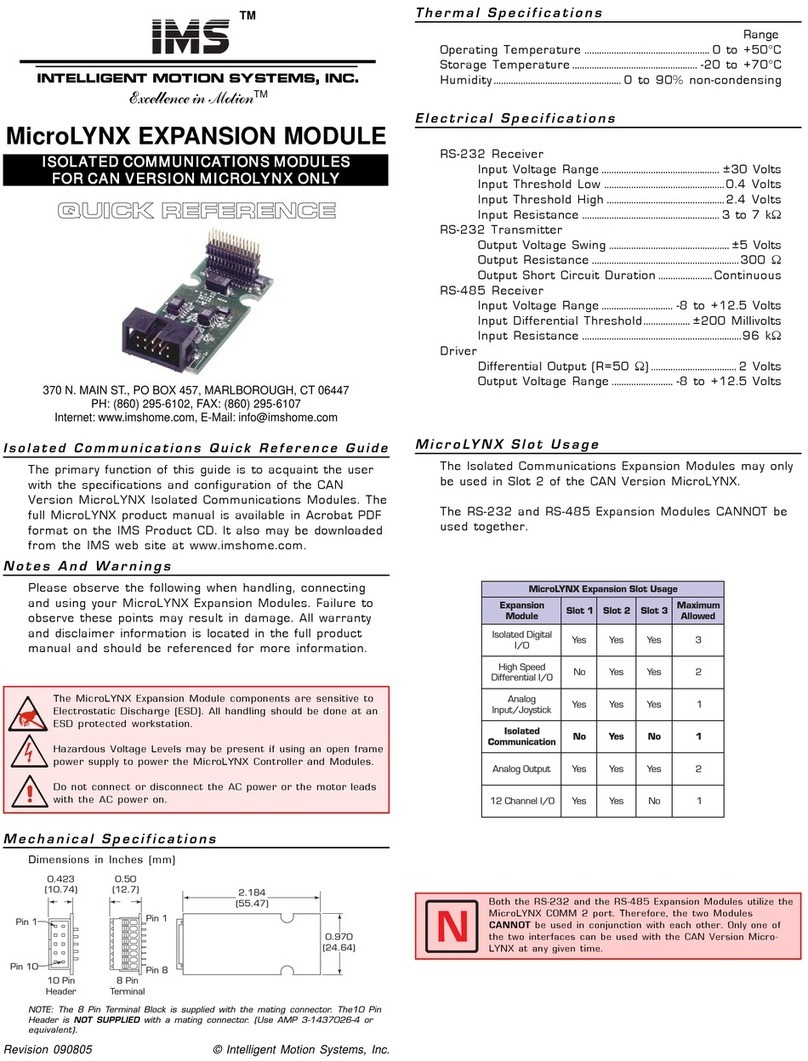
1
Table Of Contents
Section 1: Introduction To The MicroLYNX ..................... 3
Electrical Specifications ...................................................................................... 4
Communications Specifications ....................................................................... 5
Mechanical Specifications................................................................................... 5
Environmental Specifications ........................................................................... 5
Mounting Information........................................................................................ 6
Connector Information ...................................................................................... 6
MicroLYNX Terminology Explained............................................................ 7
Shopping List ......................................................................................................... 8
Section 2: Connecting Power............................................... 9
Tools and Equipment Required ....................................................................... 9
How to Connect Power ..................................................................................... 9
Section 3: Connecting A Motor......................................... 1 1
Tools and Equipment Required ..................................................................... 11
Recommended Stepping Motors .................................................................... 11
How to Connect the Motor ............................................................................ 12
Section 4: Connecting Communications .......................... 15
Tools and Equipment Required ..................................................................... 15
Connecting Communications......................................................................... 15
Section 5: Establishing Communications ......................... 1 8
Tools and Equipment Required ..................................................................... 18
Installing the LYNX Terminal Software ..................................................... 18
Using the LYNX Terminal Software ........................................................... 20
Section 6: Controlling Motor Current ............................. 22
Current Control Variables .............................................................................. 22
Section 7: Setting The Motor Resolution ......................... 23
Setting the Motor Resolution Exercise......................................................... 23
Section 8: Using The Isolated Digital I/O........................ 24
The Isolated Digital I/O Defined .................................................................. 24
Setting the Pull-up Voltage .............................................................................. 25
The Input Output Setup Variable ................................................................. 26
The IO Variable .................................................................................................. 30
Setting the Digital Filtering for the I/O ...................................................... 32
Section 9: Expanding The MicroLYNX ............................ 33
MicroLYNX Expansion Modules ................................................................. 33
Choosing the Expansion Modules for Your Application ....................... 33
Expanding the Isolated Digital I/O ............................................................... 35
The High-Speed Differential I/O Module .................................................. 37
The Analog Input/Joystick Interface Module ........................................... 45
Section 10: LYNX Software Components ........................ 50
LYNX Software Components ........................................................................ 50
Variables................................................................................................................ 50
Commonly Used Variables ............................................................................. 50
Instructions .......................................................................................................... 53
Flags ....................................................................................................................... 59
Keywords.............................................................................................................. 59
Downloaded from Arrow.com.Downloaded from Arrow.com.Downloaded from Arrow.com.
































